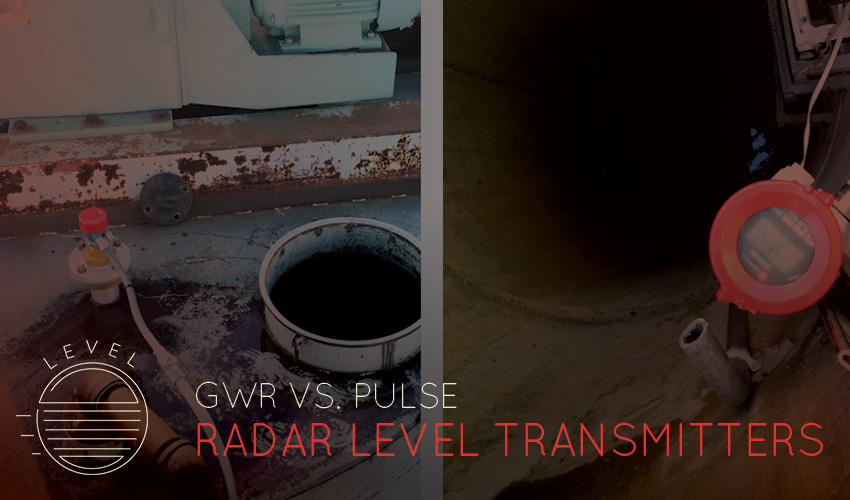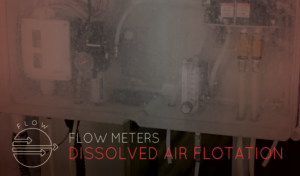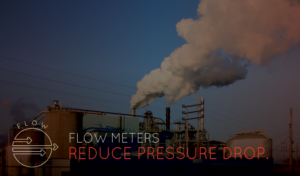By: Dave Grumney, CEO of FLO-CORP
5G cellular technology works by utilizing a higher frequency band than previous cellular technologies. This higher frequency band allows for faster data transfer rates, reduced latency, and increased capacity.
Industrial Monitoring is an important application of 5G technology, as it enables real-time monitoring and control of industrial processes. With 5G, industrial devices can communicate with each other and with central control systems, allowing for more efficient and effective operation.
Signal input is also a critical part of 5G technology. 5G networks use a combination of different frequencies, including millimeter waves, to transmit data. These signals are transmitted from cell towers to devices, allowing for high-speed data transfer.
Power consumption is another factor to consider when it comes to 5G technology. 5G networks require more power than previous cellular technologies due to the increased frequency band and the need for more cell towers to provide adequate coverage. However, advancements in technology are being made to reduce power consumption and make 5G networks more efficient.
Overall, 5G cellular technology works by utilizing a higher frequency band to provide faster data transfer rates, reduced latency, and increased capacity. This technology has many potential applications, including industrial monitoring, and while it does require more power than previous technologies, advancements are being made to make it more efficient.
The implementation of 5G technology for industrial remote monitoring has several potential benefits, but its practicality depends on several factors. When it comes to monitoring applications such as used oil monitoring, tank oil field levels, and pipeline pressure monitoring, 5G technology can offer several advantages.
Firstly, 5G networks are designed to handle large amounts of data at high speeds with low latency. In industrial remote monitoring applications, where real-time data is critical, 5G can provide more accurate and timely data compared to previous generations of wireless technology.
Secondly, 5G technology can enable more precise and granular monitoring, allowing for more accurate analysis and better decision-making. For example, in pipeline pressure monitoring, 5G can provide more detailed information about the pressure changes, allowing for quicker and more accurate detection of anomalies or leaks in the pipeline.
However, the practicality of implementing 5G technology for industrial remote monitoring depends on several factors, such as the cost of deploying 5G infrastructure, the availability of 5G networks in remote areas, and the compatibility of existing monitoring systems with 5G technology.
In conclusion, 5G remote monitoring is more practical and essential than ever before. With the recent advancements in technology, commercial providers can implement 5G remote monitoring in their process easily and affordably. The benefits of implementing this technology have been proven through various studies and real-world experiences. CONNEX 3D 5G Monitors are a great solution that offers affordability, flexibility, and easy implementation anywhere. Now is the right time for commercial providers to take advantage of this technology and to make a positive difference in the world we live in.





